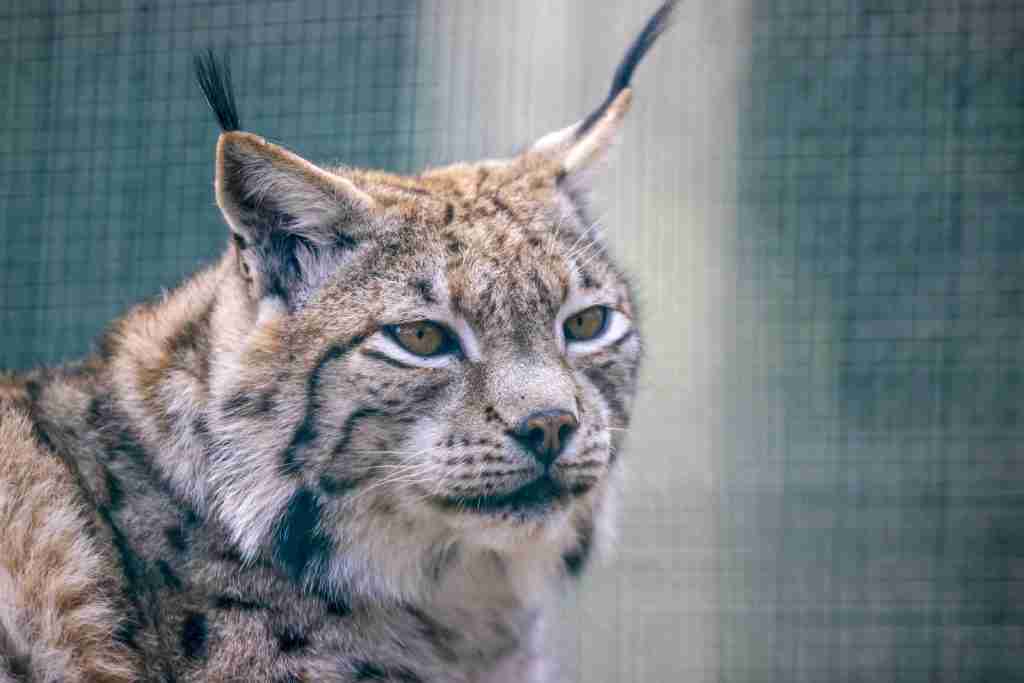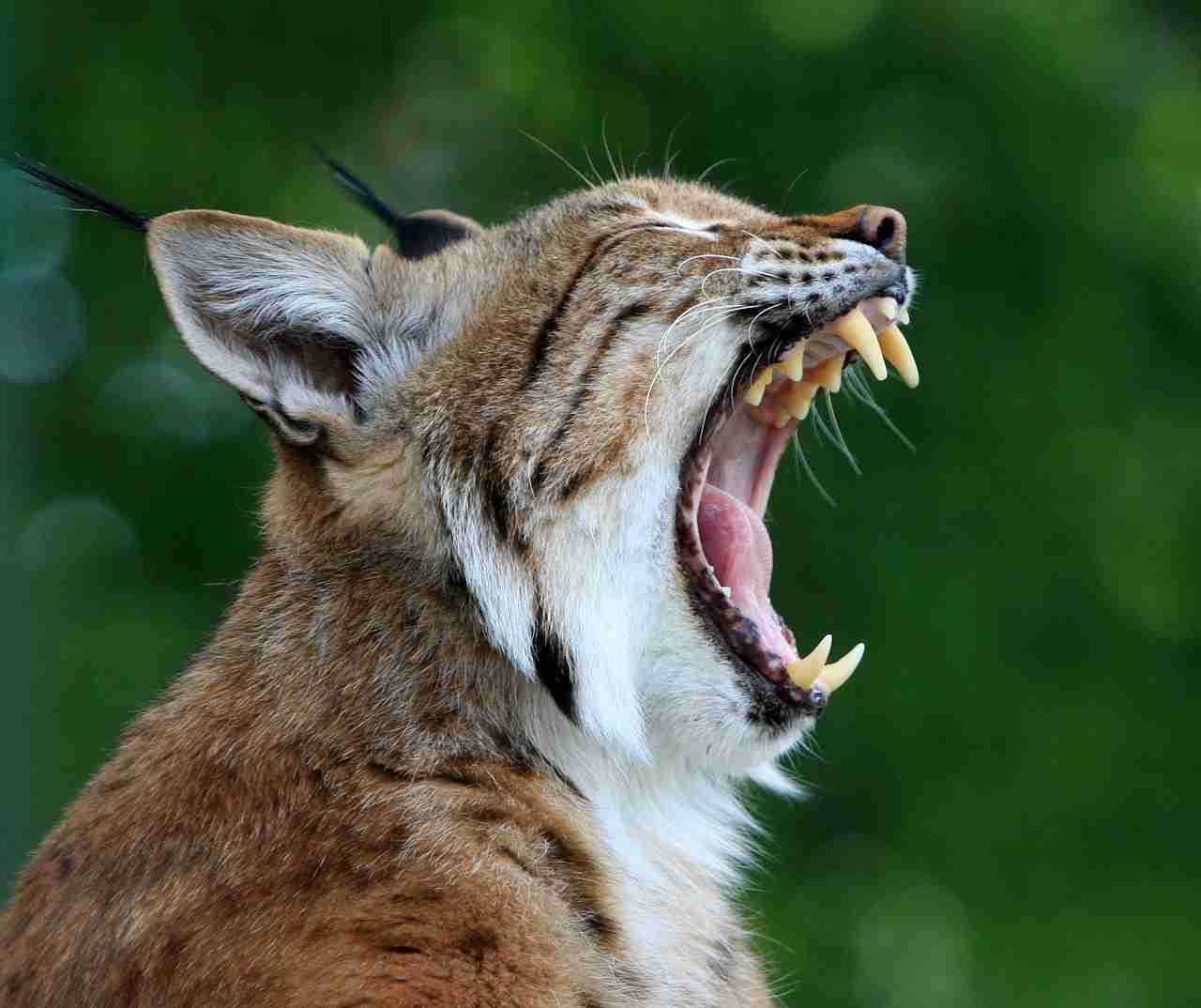20 Interesting Facts About Bobcats
1. Bobcats are small to medium-sized wildcats, with a distinctive tuft of fur on their ears.
Bobcats are a species of wildcats that are small to medium-sized and are identified by their distinctive tuft of fur on their ears.
They have short, reddish-brown fur with black spots and a short tail, which is usually 4 to 7 inches long.
The tuft of fur on their ears serves no known function but is thought to play a role in communication and social signaling.
2. They are found throughout North America, from southern Canada to Mexico.
Bobcats are widely distributed throughout North America and can be found in a variety of habitats, including forests, swamps, deserts, and suburban areas.
They are most commonly found in the United States, but their range extends north into Canada and south into Mexico.
3. Bobcats are excellent hunters and can take down prey much larger than themselves, such as deer.
Bobcats are skilled hunters and have a diverse diet consisting of small mammals, birds, and reptiles.
They are capable of taking down prey much larger than themselves, such as deer, by pouncing on them with their powerful hind legs and using their sharp claws to grab and hold onto them.
4. They are solitary animals and are most active at dawn and dusk.
Bobcats are solitary animals that are most active at dawn and dusk, although they can be active at any time of the day.
They are primarily nocturnal animals and spend most of the daytime resting in dens or other secluded areas.
Bobcats are known for their stealth and agility, able to climb trees and swim when necessary.
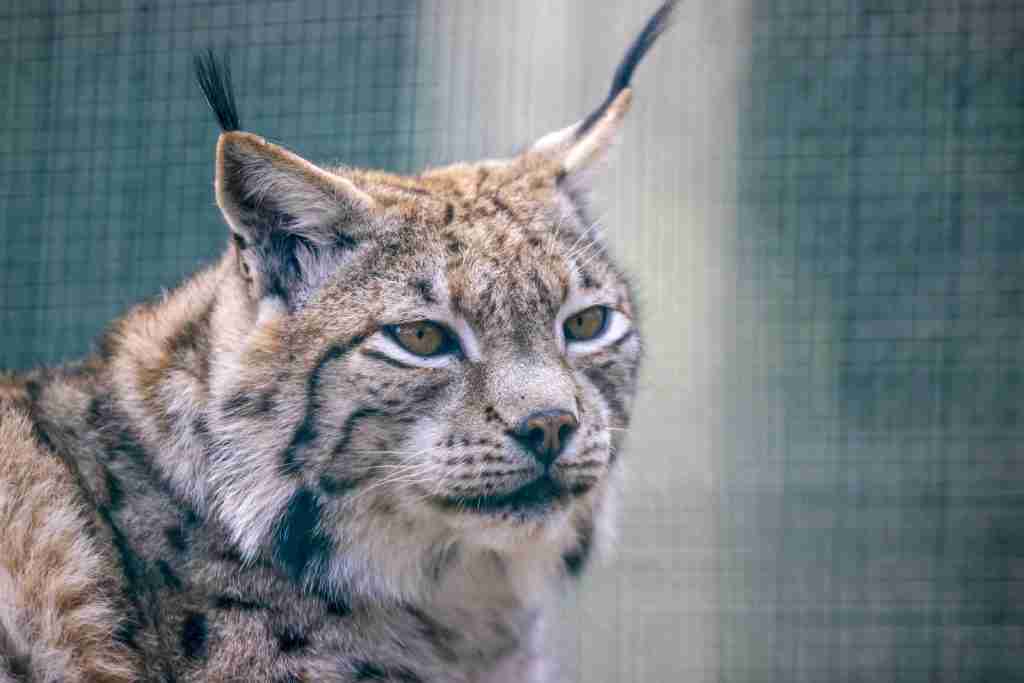
5. They are skilled hunters, using their sharp claws to grab prey and their powerful hind legs to pounce.
Bobcats are known for their agility and stealth and are able to climb trees and swim when necessary.
They are skilled at moving quietly through their environment, and their short, powerful legs enable them to navigate through difficult terrain.
6. Bobcats are territorial animals and will mark their territory with urine and scratch marks.
Bobcats are territorial animals and will mark their territory with urine and scratch marks.
They have a home range that varies in size depending on the availability of resources and competition from other animals.
7. They are also known for their adaptability, able to survive in a variety of habitats, including forests, deserts, and swamps.
Bobcats are adaptable animals and are able to survive in a variety of habitats, including forests, deserts, and swamps.
They are able to adapt to changes in their environment and can coexist with human populations in urban areas.
8. The bobcat’s scientific name is Lynx rufus.
The bobcat’s scientific name is Lynx rufus, which means “red lynx” in Latin.
The name refers to their reddish-brown fur, which is marked with black spots.
8. Bobcats are known by many different names, including wildcat, bay lynx, and red lynx.
Bobcats are known by many different names, including wildcat, bay lynx, and red lynx.
These names refer to their appearance and range, and their common name “bobcat” is thought to refer to their short, “bobbed” tail.
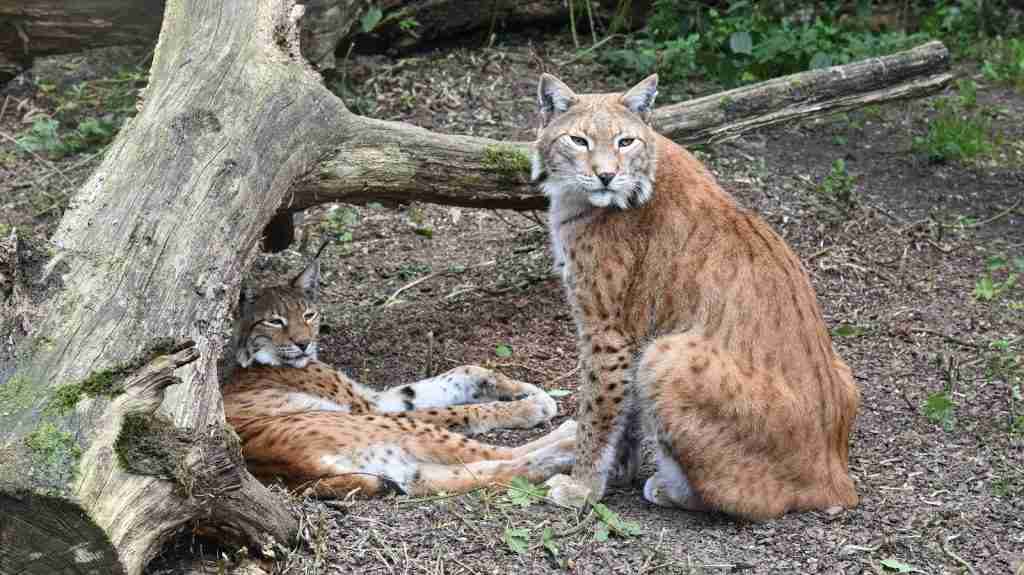
9. Bobcats can live up to 12 years in the wild.
Bobcats can live up to 12 years in the wild, although their lifespan is typically shorter due to predation, disease, and other factors.
10. They are primarily nocturnal, but can also be active during the day.
Bobcats are known for their adaptability and can be active both during the day and at night, although they are primarily nocturnal.
They are often most active during the hours of dawn and dusk, when their prey is also active.
During the day, bobcats may rest in a den or in a shaded area, becoming more active again as the sun sets.
11. Bobcats are carnivores and their diet consists of small mammals, birds, and reptiles.
As carnivores, bobcats primarily eat small mammals such as rabbits, rodents, and squirrels, as well as birds and reptiles.
They are also opportunistic hunters and may take advantage of any available food source, including domestic livestock such as chickens and sheep.
Bobcats are skilled hunters, stalking their prey quietly and pouncing with a quick burst of speed.
12. They can leap up to 12 feet in a single bound.
Bobcats are incredibly agile and can leap up to 12 feet in a single bound. This allows them to quickly and efficiently capture their prey.
They also use their leaping ability to escape from predators or to navigate difficult terrain.
13. Bobcats are opportunistic hunters and will prey on domestic livestock if the opportunity arises.
While bobcats prefer to hunt wild prey, they are opportunistic hunters and will prey on domestic livestock if given the chance.
This can sometimes lead to conflicts with farmers and ranchers, who may view bobcats as a threat to their livelihoods.
However, it’s important to note that bobcats play an important role in the ecosystem by controlling populations of smaller animals like rabbits and rodents.
14. They are able to hear sounds up to 10 times better than humans.
Bobcats have highly sensitive ears and can hear sounds up to 10 times better than humans. This allows them to locate prey even in low light conditions or dense vegetation.
They also use their acute hearing to detect predators and other potential threats.
15. Bobcats are also known for their excellent eyesight and can see in low light conditions.
In addition to their acute hearing, bobcats are also known for their excellent eyesight.
They have large eyes with a reflective layer that enhances their night vision, allowing them to see clearly in low light conditions.
Their eyes are also sensitive to movement, which helps them detect prey.
16. Bobcats are the most common wildcat species in North America.
Bobcats are the most common wildcat species in North America and can be found throughout the continent, from southern Canada to Mexico.
They are adaptable to a wide range of habitats, from forests to deserts to suburban areas.
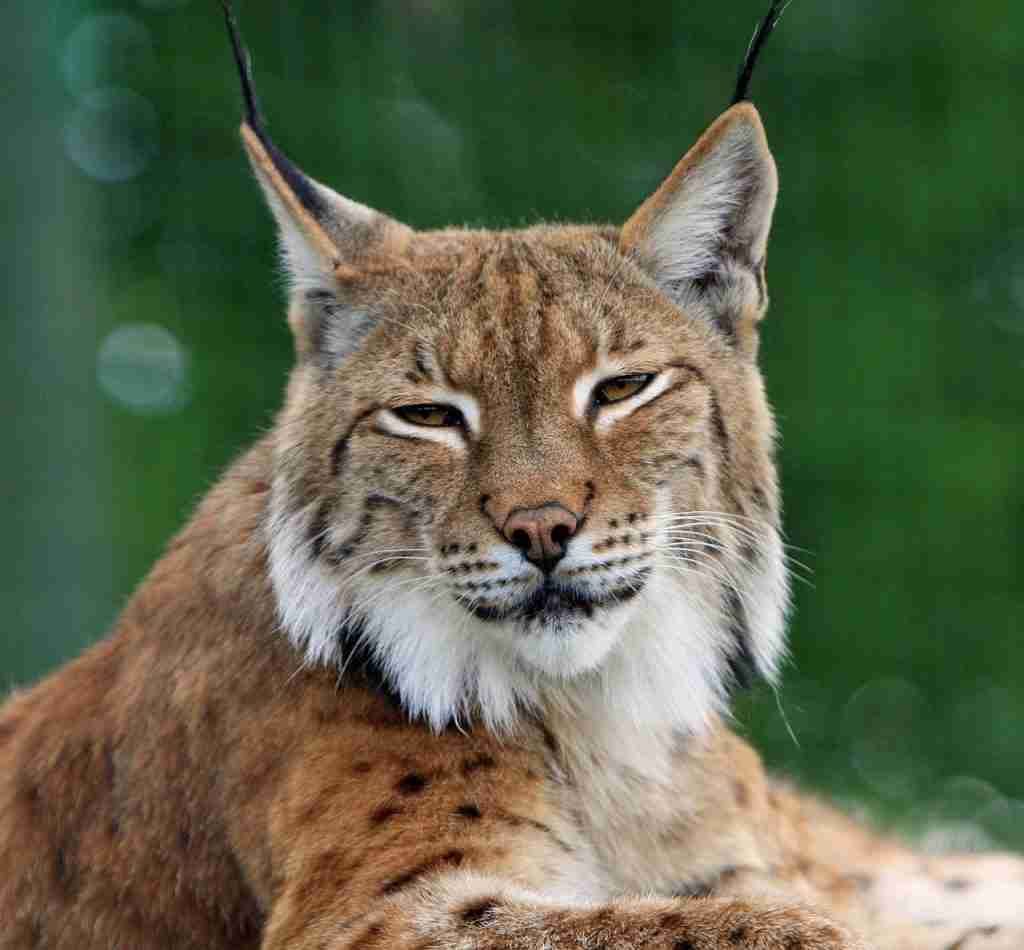
17. Bobcats can run at speeds of up to 30 miles per hour.
Bobcats are incredibly fast and can run at speeds of up to 30 miles per hour.
This allows them to quickly pursue and capture their prey, as well as escape from predators.
18. They are typically solitary animals, except during breeding season.
Bobcats are typically solitary animals, with males and females coming together only during breeding season.
They mark their territories with urine and feces, and will defend their territory aggressively against other bobcats.
19. Bobcats mate in late winter or early spring, and the female will give birth to a litter of one to six kittens after a gestation period of about 60 days.
Breeding season for bobcats usually occurs in late winter or early spring. After a gestation period of about 60 days, the female will give birth to a litter of one to six kittens.
The kittens are born blind and rely on their mother for food and protection for the first few months of their lives.
20. Bobcats are often confused with their larger cousin, the Canada lynx, which has longer legs and larger feet.
Bobcats are commonly mistaken for their larger cousin, the Canada lynx. While they share many physical similarities, there are several distinct differences between the two species.
Canada lynx are typically larger than bobcats, with longer legs and bigger feet, which are covered in long, dense fur to help them move through deep snow.
Additionally, the lynx has distinctive tufted ears and a short, black-tipped tail, while the bobcat’s ears are tufted, but not as prominently, and their tail is short and bobbed, giving them their name.
